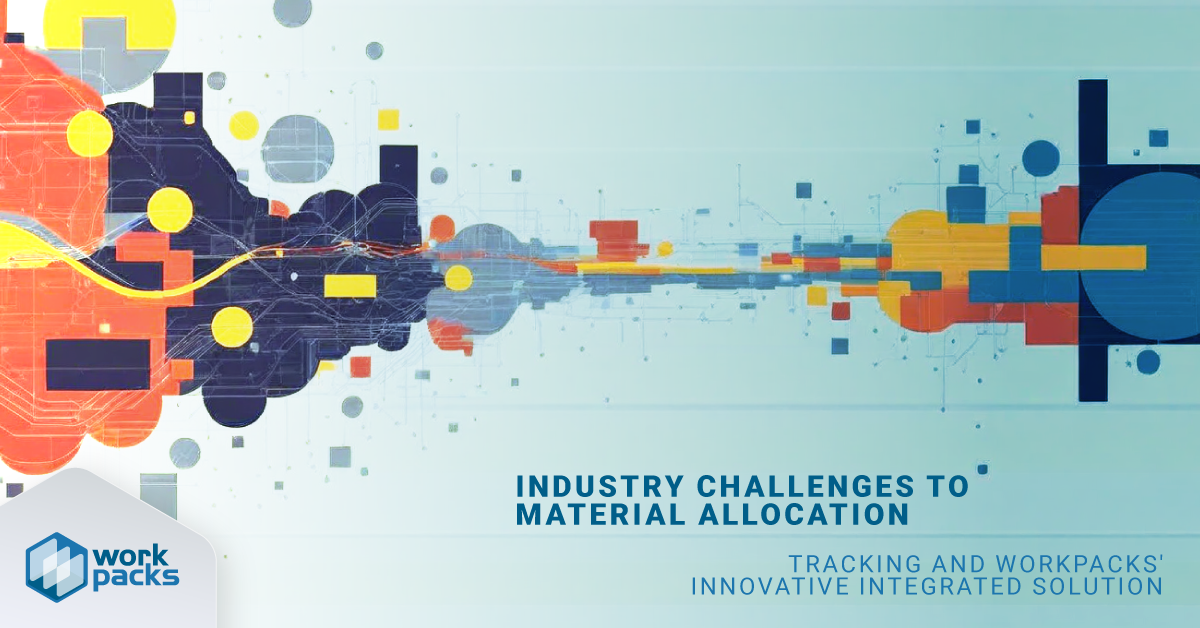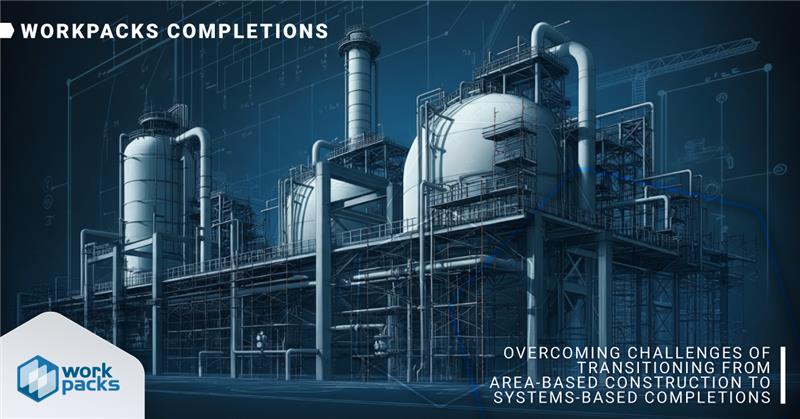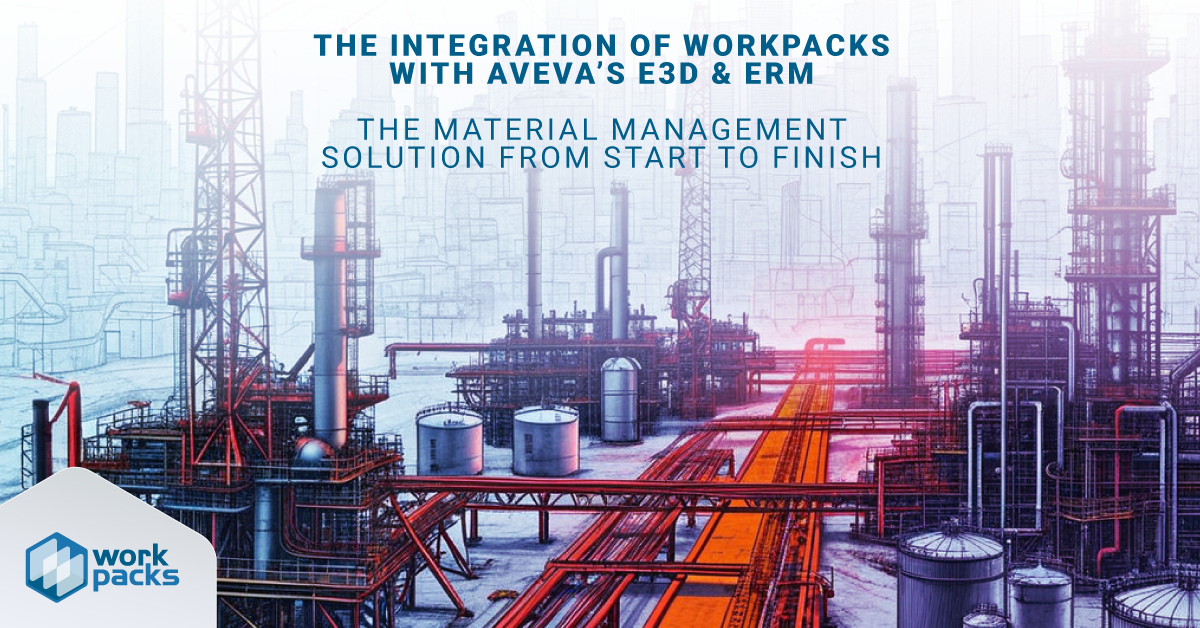In the construction industry, particularly on large-scale capital projects, managing materials effectively is essential yet notoriously challenging. These dynamic environments often cause misalignments between material deliveries and actual construction needs, leading to significant delays or excess materials piling up on-site.
Real-world projects frequently face limited visibility into material statuses—teams often struggle to track what’s available, what’s been ordered, and what’s in transit. This lack of clarity creates bottlenecks, as critical materials aren’t available when needed, halting productivity and inflating costs.
Further complicating the issue, construction teams, procurement departments, and suppliers typically operate within separate silos, resulting in communication gaps and confusion around material priorities. Procurement teams must also navigate long lead times for specialized materials, adding another layer of complexity. Without precise alignment between procurement and construction schedules, costly storage and scheduling inefficiencies inevitably occur.
Logistics challenges add even more hurdles; each additional material movement increases the risk of damage, loss, or delayed arrival. Moreover, inventory management is often a balancing act—too much inventory leads to waste and unnecessary costs, while too little inventory stalls projects and causes further delays.
These numerous challenges related to material management for Construction projects, particularly large capital projects include:
- Dynamic Construction Schedules: Frequent shifts in priorities due to design changes, resource constraints, or site conditions.
- Limited Visibility and Tracking: Difficulty tracking real-time material status across warehouses, orders, and transit.
- Communication Gaps: Disconnected communication among construction teams, procurement departments, and suppliers.
- Long Lead Times: Challenges aligning procurement lead times with rapidly changing construction schedules.
- Complex Logistics and Handling: Increased risk of damage, loss, or delays due to multiple material movements.
- Inventory Management Issues: Excessive stockpiling leading to waste, or insufficient materials causing delays.
While the total number of industry challenges regarding materials management are innumerable, there is now a significant breakthrough in the ability to resolve many of these issues.
WorkPacks provides an innovative solution to these pervasive industry challenges with a fully integrated workflow that connects AVEVA E3D (Engineering Design Model), AVEVA ERM (Enterprise Resource Management), and Advanced Work Packaging (AWP). By automating and synchronizing data exchange, WorkPacks effectively addresses common real-world pain points:
- Real-Time Material Tracking: Ensures immediate updates between ERM’s material data and E3D engineering models, eliminating confusion and enabling proactive decision-making.
- Automated Tag Bill of Materials: Aligns Construction and Installation Work Packages (CWPs and IWPs) seamlessly with current resource availability, reducing costly downtime.
- Dynamic Material Allocation (DMA): Automatically prioritizes materials, ensuring they’re available precisely when needed, significantly reducing idle time and rework.
- Flexible Integration: Utilizes automated flat-file exchanges and advanced APIs, integrating smoothly with popular 3D modeling tools (Hexagon SP3D, Autodesk, Bentley) and material management systems (SmartMaterials, in-house solutions).
- Enhanced Communication: Intelligent alerts and notifications keep all stakeholders informed, significantly reducing miscommunications and operational silos.
By addressing these specific, real-world scenarios, WorkPacks and the integration with E3D and ERM allows project teams to manage materials with greater efficiency, transparency, and effectiveness—from project initiation to successful completion and startup.





